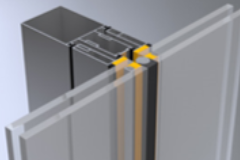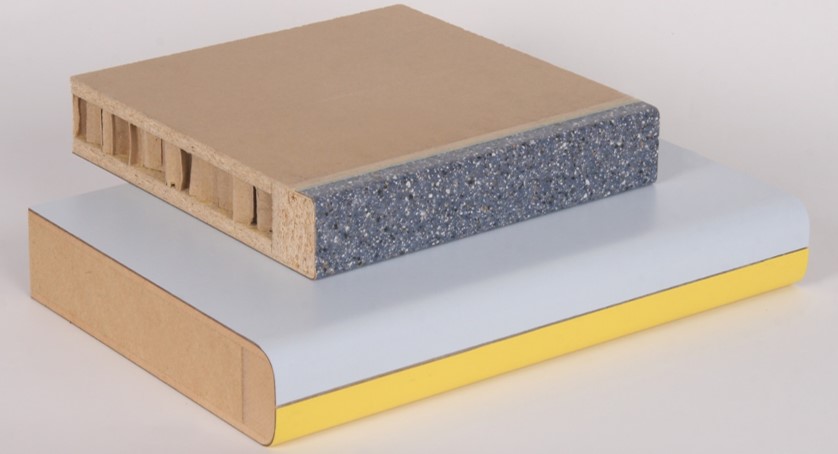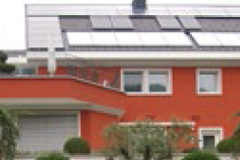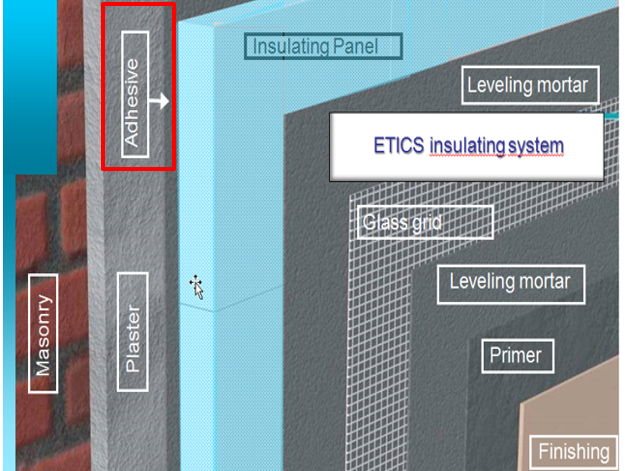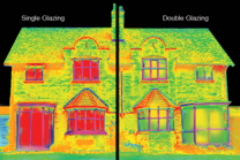Silicone sealants produced using CO2 emission saving energy technologies
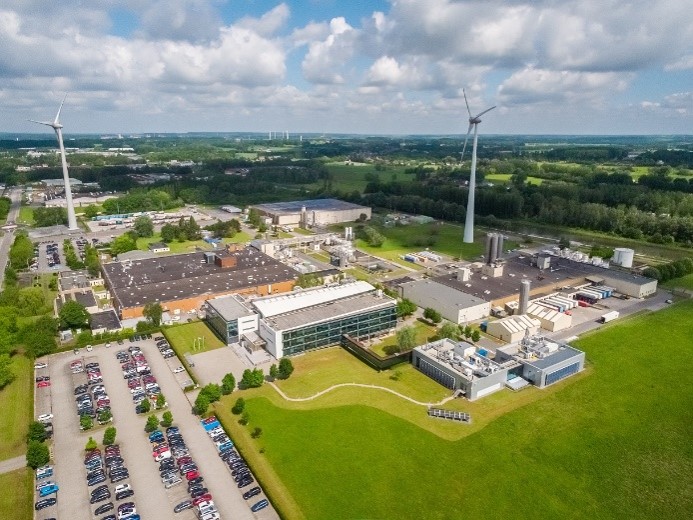 |
Two wind turbines with an annual production of 8,800 MWh cover about 40% of the site’s electricity needs while reducing CO2 emissions by 3,000 tons per year. Photovoltaic panels produce 220 MWh of electricity per year. A cogeneration unit produces 50% of the site’s annual heating requirements and 15% of its electricity needs in an effective way, thereby reducing CO2 emissions by 700 tons per year. © DOW Silicones Belgium |
Adhesives and sealants for sustainable development: Energy savings
Renewable energy production and cogeneration of heat and electricity reduce the CO2 emissions for the manufacture of silicone sealants by more than 3000 tons per year
Posted 21 Feb 2020
- To manufacture silicone sealants from their raw materials, electrical and thermal energy to mix the components is necessary. Frequently, extruders are used to achieve a homogenous mixture of high viscous substances.
- To produce the electrical energy, a large site in Belgium uses renewable energy produced by wind turbines and photovoltaic energy.
- The CO2 consumption is also reduced by a cogeneration unit – a technology combining the production of thermal and electrical energy in a very effective way.
- Both measures reduce CO2 emission by more than 3000 tons annually.


